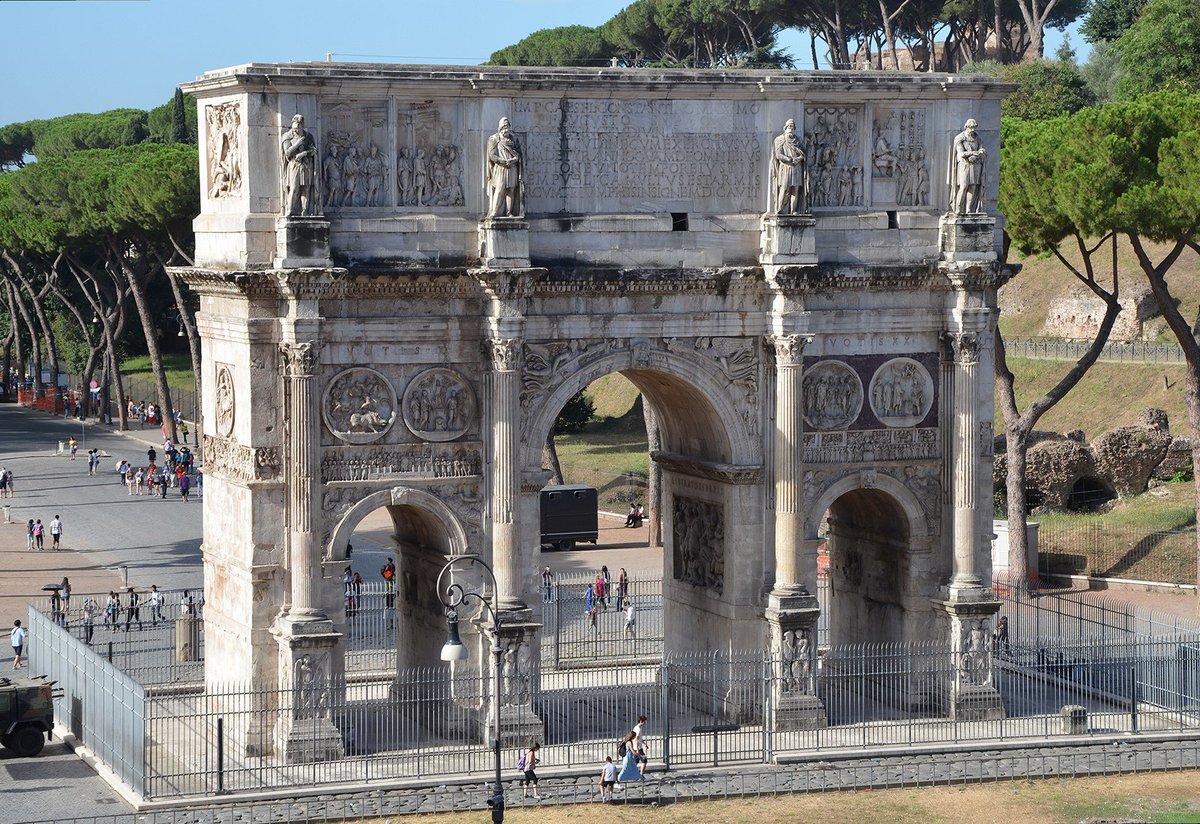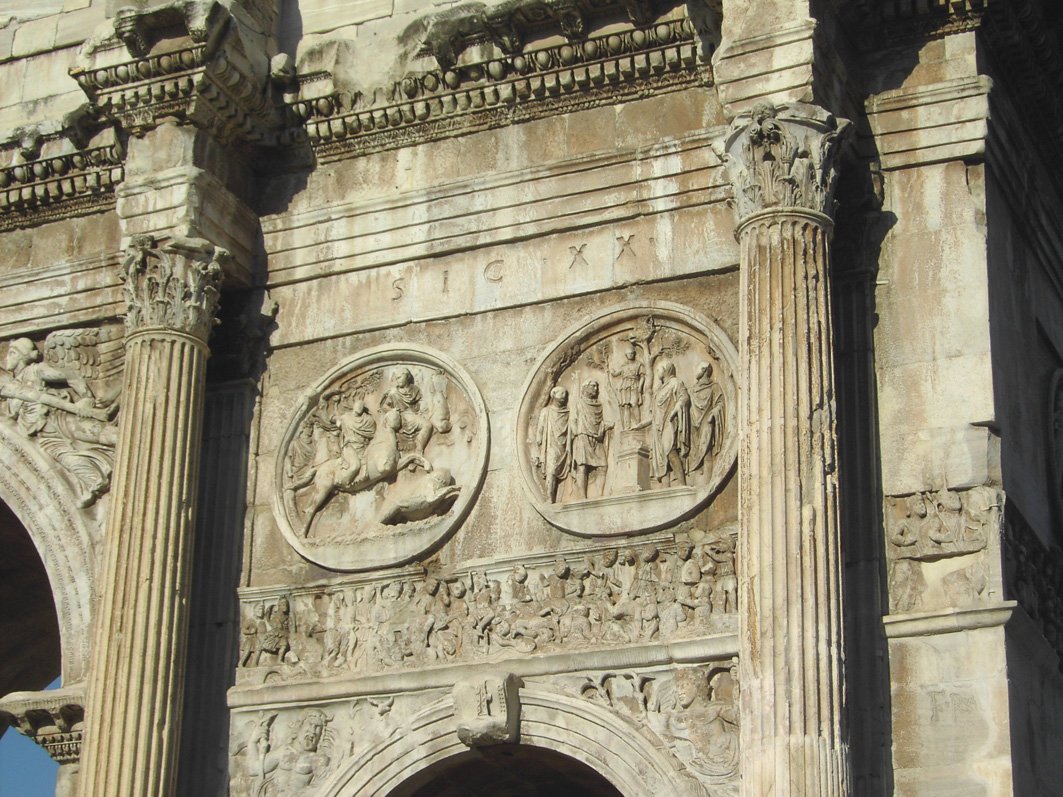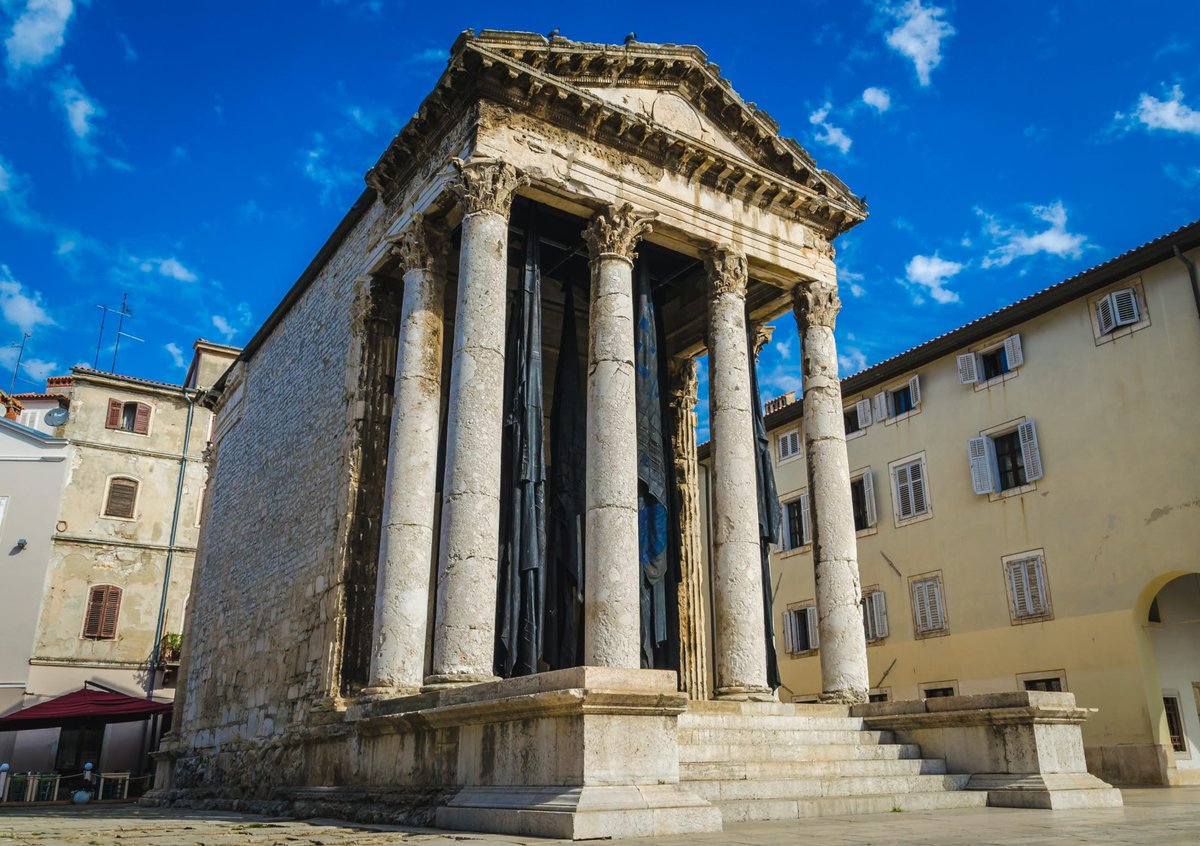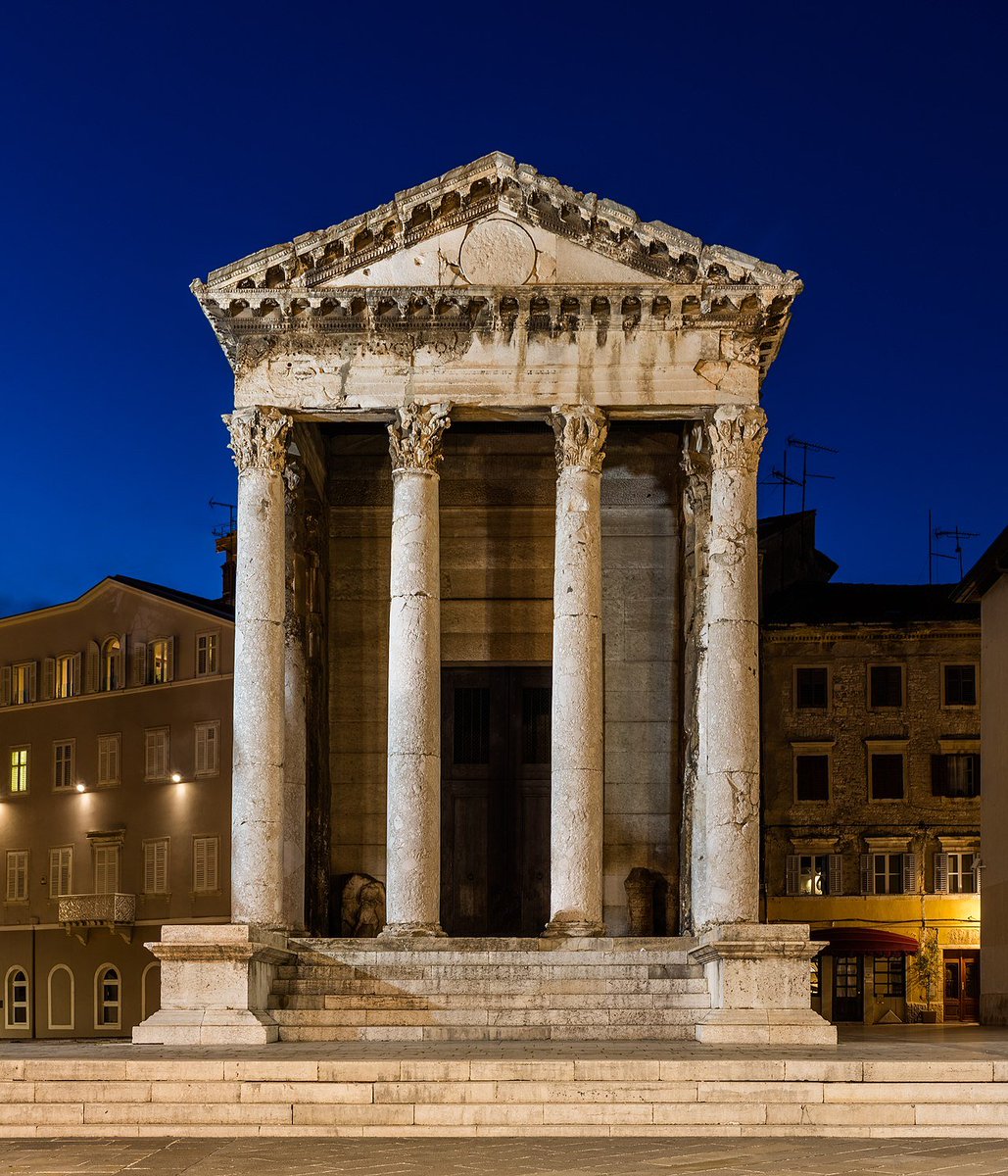#RomanSiteSaturday The Tomb of Eurysaces the Baker 🏛️💀🍞
(1/7) The witty and entertaining tomb of Marcus Vergilius Eurysaces is one of the best-preserved freedmen funerary monuments in #Rome and sits in a prominent position at the Porta Maggiore.
#Classics #Roman #Archaeology
(1/7) The witty and entertaining tomb of Marcus Vergilius Eurysaces is one of the best-preserved freedmen funerary monuments in #Rome and sits in a prominent position at the Porta Maggiore.
#Classics #Roman #Archaeology

(2/7) Built c. 30 - 20 BCE, this extravagant site reflects both Eurysaces' wealth and sense of humour. A freedman who must have made a fortune from a chain of bakeries supplying bread for public rations, he seems to have been immensely proud of his position and riches. 



(3/7) Indeed, his tomb is an architectural pun. Made of tufa and white marble, it takes the form of bakery equipment. The three rows of medallions at the top are dough-kneading bins on their sides, and the lower 'columns' are upright dough-bins stacked on top of one another. 



(4/7) A frieze decorates the top, depicting scenes from a bakery. In the centre, an inscription jests:
"EST HOC MONIMENTVM MARCEI VERGILEI EVRYSACIS PISTORIS REDEMPTORIS APPARET"
"This is the tomb of Marcus Vergilius Eurysaces, baker, contractor, it's obvious!"
#Latin
"EST HOC MONIMENTVM MARCEI VERGILEI EVRYSACIS PISTORIS REDEMPTORIS APPARET"
"This is the tomb of Marcus Vergilius Eurysaces, baker, contractor, it's obvious!"
#Latin

(5/7) Atistia, the wife of Eurysaces, is also included on a travertine plaque. Describing her as an 'excellent woman', it jokingly states that her remains are also 'in this panarium (bread bin)', likely a joke name used by both to describe their comically shaped tomb. 

(6/7) By mid-1st century CE, the Aqua Claudia ("the Claudian water") was constructed above the tomb. It remained untouched until 271 CE when it was incorporated into the Aurelian Walls. A tower built by the emperor Honorius in the late 4th century covered the tomb entirely. 

(7/7) The tomb remained hidden until 1838 when Pope Gregory XVI demolished the gate and exposed Eurysaces' tomb for the first time in nearly 1,400 years. Today, the tomb remains a popular tourist attraction and a testament to both the humour and success of the freedman Eurysaces. 

@threadreaderapp unroll please!
• • •
Missing some Tweet in this thread? You can try to
force a refresh
































